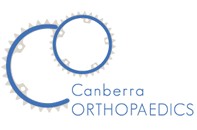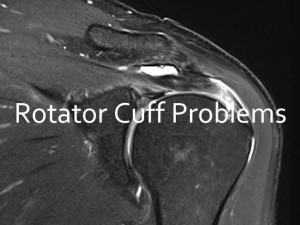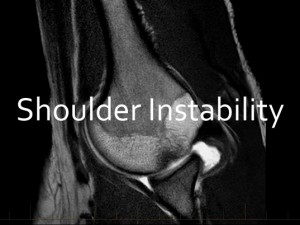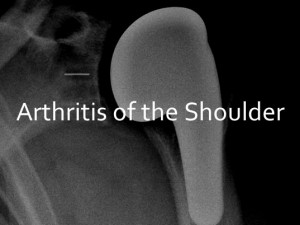Shoulder Surgery
Shoulder Surgery: Types of surgery, conditions treated, risks, and recovery
What is shoulder joint replacement surgery?
You may have heard of hip and knee replacement surgery being common procedures, but did you know that shoulder joint replacement, while less common, can also be an effective way to treat the pain and reduced movement that comes with problems such as arthritis of the shoulder?
The majority of recipients of this type of surgery in Australia are aged between 65 and 84 years, and it is more common in females than males.
There are several different types of shoulder joint replacement surgery available, from total shoulder replacement to partial replacement. Sometimes, a surgeon will decide on which type of replacement to perform during the surgery itself.
Read on to find out more about the different surgery options.
Total shoulder replacement
Total shoulder replacement surgery may be considered in cases of osteoarthritis where bone is grinding on bone, and rotator cuff tendons are intact.
For patients undergoing a total shoulder replacement, both the ball and socket of the glenohumeral (G-H) joint (between the head of the humerus and the glenoid cavity of the scapula) are replaced with a metal ball and plastic socket.
Depending on the condition of the bone, the replacement pieces can either be press-fit into the bone or cemented in place with bone cement.
Reverse total shoulder replacement
This surgery involves taking the prosthetic components used in a typical total shoulder replacement, and reversing them so that the plastic socket component is attached to the humerus, while the ball is attached to the scapula.
This procedure may be considered in cases where the patient is still left with pain after undergoing a total shoulder replacement, patients with severe arthritis and rotator cuff tearing, and patients with completely torn rotator cuffs and severe arm weakness.
Stemmed hemiarthroplasty
Stemmed hemiarthroplasty is a type of partial shoulder joint replacement, where only the ball (the head of the humerus) of the joint is replaced. Indications for a stemmed hemiarthroplasty include when the humeral head is severely fractured, but the socket is fine, arthritis of the head of the humerus with an intact glenoid cartilage surface, severely weakened bone in the glenoid, and severely torn rotator cuff tendons and arthritis.
Resurfacing Hemiarthroplasty
Resurfacing hemiarthroplasty is another form of partial shoulder joint replacement, but in this surgery only the surface of the humeral head is replaced with a cap-like prosthesis.
This is a potential option for patients where the cartilage surface of the glenoid is intact, there is no recent humeral head or neck fracture, and is ideal for surgical candidates who are still young or active as it avoids the wear and loosening of prosthetic components that can occur with conventional total shoulder replacements.
What are the risks of shoulder surgery?
As with any surgery, there are risks and potential complications involved.
Infection
Infection is a risk with any surgery, and can happen at any time, from when you’re still in hospital following the procedure, when you come home, or even years later (any infection in the body has the potential to spread to the replacement joint).
While minor wound infections can usually be treated effectively with antibiotics, severe or deep infections may require more surgery and possibly the removal of the prosthesis.
Prosthesis wear
Although prosthetic technology is always advancing, there is the potential that the replacement joint will wear down over time or components loosen. This may require revision surgery.
Nerve injury
Nerve damage in the area of surgery is a rare complication, and in most instances improves or resolves over time.
How long is recovery from shoulder surgery?
Shoulder joint replacement surgery usually involves only a short hospital stay of 1-3 days, unless complications arise.
After surgery, patients shouldn’t drive a car for 2-4 weeks, and should closely follow the advice of their surgeon when it comes to home exercises to regain strength, and resuming regular activities.
Some pain at night and with movement is to be expected in the first weeks, and your surgeon will develop a pain management plan for you.
Movie – Total Shoulder Replacement
Shoulder Surgery: Types of surgery, conditions treated, risks, and recovery What is shoulder joint replacement surgery? You may have heard of hip and knee replacement surgery being common procedures, but did you know that shoulder joint replacement, while less common, can also be an effective way to treat the pain and reduced movement that comes […]



